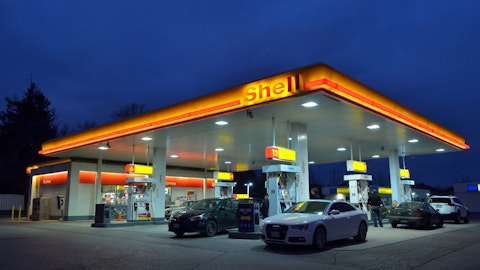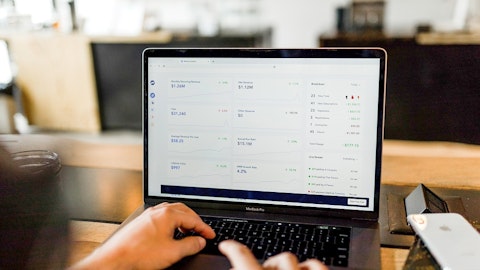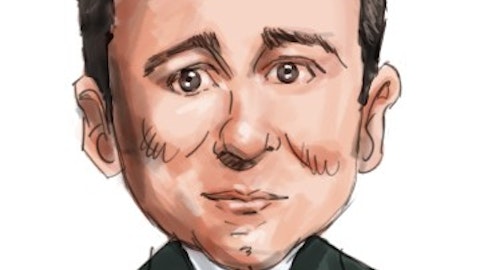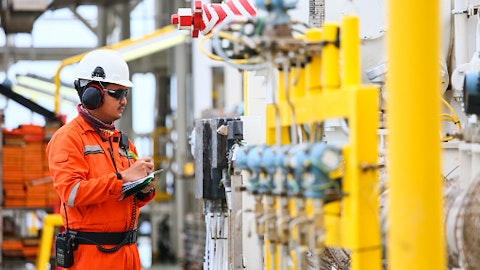Brian Mandell : And I would add in talking about European to New York distillate prices and Pacific Northwest and Bay prices to L.A., they should both normalize. We saw New York is over Europe. That’s unusual. Europe imported a lot of Russian distillate prior to the price gap next week. And New York, because of the winter storm, didn’t get all the barrels that it needs. So the reason why New York is over Europe now it’s a prompt issue. And if you look at Colonial Pipeline, it’s running at full rates now. New York will get fed back and then Europe will be over — or under — or over New York rather going forward. And the Pacific Northwest versus and Bay versus L.A. that was — that’s a temporary issue as well. Our pad refineries ran really well in November, December, we saw inventories really build across the markets.
And given the oversupply, the markets needed to price to incentivize exports and the infrastructure for exports is in the Bay and Pacific Northwest. So that’s where the exports came from. And also, we need to aggregate barrels for the exports. So some of the barrels that normally went to L.A. didn’t go to L.A. at that time. So that increased the L.A. price, decreased the Pacific Northwest and Bay price. But going forward with heavy Pacific Northwest turnarounds and work in the Bay, we’d expect inventories to moderate as we get back to seasonal demand spreads between the north and south will come back into normal areas.
Neil Mehta : Thanks, guys. Appreciate it.
Jeff Dietert : Thanks Neil.
Operator: Our next question today comes from Doug Leggate with Bank of America. Please go ahead, Doug.
Doug Leggate : Well, thank you. Good morning everyone. I wonder if you wouldn’t mind, I’m going to try — I’d like to build on Neil’s question, if I may, but ask it a little differently. Is there any way, Kevin that you can quantify the lost opportunity cost in the fourth quarter to help us kind of reconcile that capture rate question? Is that possible?
Kevin Mitchell : Yeah. Doug, that’s — we’ve historically not done that in terms of what we’ve put out there into the market. We’ve talked about the kind of areas where that has shown up and Rich walk you through that. But it is a — in any given period, there’s invariably some element of LP component. And certainly, what we saw in the fourth quarter was quite a bit higher than what I would consider. I mean, ideally, you don’t want any of it, but there’s usually some degree of that. It was significantly higher than that. So not something we’ve historically given out. But I guess, to give you some some help, it’s probably — the number is probably in the order of $100 million to $200 million of LPO in the quarter.
Doug Leggate : Okay. I guess — thank you for that. I know it’s a top tricky one to answer. So my follow-up is really more of a kind of an outlook question. And speaks to your comments about Northeast. I realize everyone is probably pushing product up to the Northeast during the winter because of all the noise around heating oil margins. But it occurs to us that, that was probably the first normal winter without Philadelphia Energy Solutions in 2019 when fire hasn’t come back since. So we think about what does the Northeast look like in a normal summer driving season without Philadelphia Energy Solutions? And I’m just curious if you have — given any thought, given that you did push product up to the Northeast, how you’re thinking about what the gasoline market could look like in the summertime in the U.S.?





